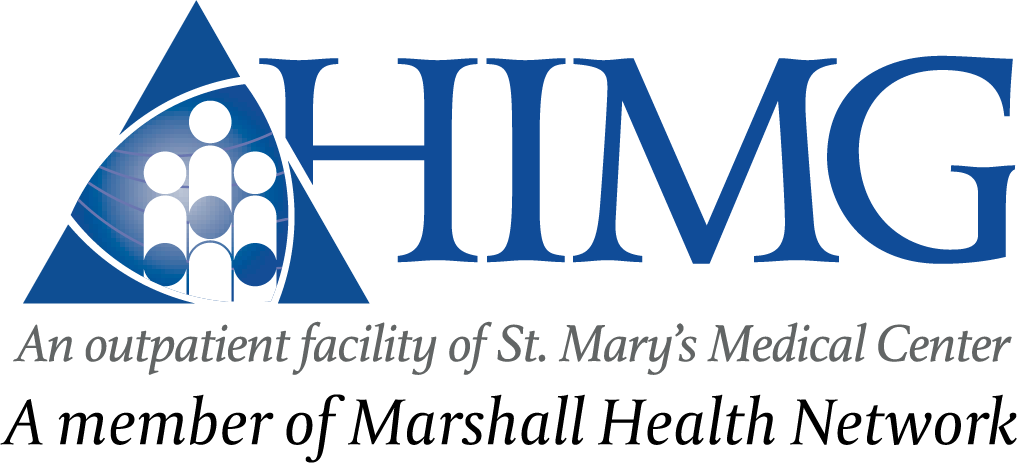Definition
Heart disease describes a range of conditions that affect your heart. Diseases under the heart disease umbrella include blood vessel diseases, such as coronary artery disease; heart rhythm problems (arrhythmias); and heart defects you're born with (congenital heart defects), among others.
The term "heart disease" is often used interchangeably with the term "cardiovascular disease." Cardiovascular disease generally refers to conditions that involve narrowed or blocked blood vessels that can lead to a heart attack, chest pain (angina) or stroke. Other heart conditions, such as those that affect your heart's muscle, valves or rhythm, also are considered forms of heart disease.
Many forms of heart disease can be prevented or treated with healthy lifestyle choices.
Tests and diagnosis
The tests you'll need to diagnose your heart disease depend on what condition your doctor thinks you might have. No matter what type of heart disease you have, your doctor will likely perform a physical exam and ask about your personal and family medical history before doing any tests. Besides blood tests and a chest X-ray, tests to diagnose heart disease can include:
- Electrocardiogram (ECG).An ECG records these electrical signals and can help your doctor detect irregularities in your heart's rhythm and structure. You may have an ECG while you're at rest or while exercising (stress electrocardiogram).
- Holter monitoring. A Holter monitor is a portable device you wear to record a continuous ECG, usually for 24 to 72 hours. Holter monitoring is used to detect heart rhythm irregularities that aren't found during a regular ECG exam.
- Echocardiogram. This noninvasive exam, which includes an ultrasound of your chest, shows detailed images of your heart's structure and function.
- Cardiac catheterization. In this test, a short tube (sheath) is inserted into a vein or artery in your leg (groin) or arm. A hollow, flexible and longer tube (guide catheter) is then inserted into the sheath. Aided by X-ray images on a monitor, your doctor threads the guide catheter through that artery until it reaches your heart. The pressures in your heart chambers can be measured, and dye can be injected. The dye can be seen on an X-ray, which helps your doctor see the blood flow through your heart, blood vessels and valves to check for abnormalities.
- Cardiac computerized tomography (CT) scan. This test is often used to check for heart problems. In a cardiac CT scan, you lie on a table inside a doughnut-shaped machine. An X-ray tube inside the machine rotates around your body and collects images of your heart and chest.
- Cardiac magnetic resonance imaging (MRI). For this test, you lie on a table inside a long tube-like machine that produces a magnetic field. The magnetic field produces pictures to help your doctor evaluate your heart.
Treatments and drugs
Heart disease treatments vary by condition. For instance, if you have a heart infection, you'll likely be given antibiotics. In general, treatment for heart disease usually includes:
- Lifestyle changes. These include eating a low-fat and low-sodium diet, getting at least 30 minutes of moderate exercise on most days of the week, quitting smoking, and limiting alcohol intake.
- Medications. If lifestyle changes alone aren't enough, your doctor may prescribe medications to control your heart disease. The type of medication will depend on the type of heart disease.
- Medical procedures or surgery. If medications aren't enough, it's possible your doctor will recommend specific procedures or surgery. The type of procedure will depend on the type of heart disease and the extent of the damage to your heart.
Please contact us at (304) 697-6000.



